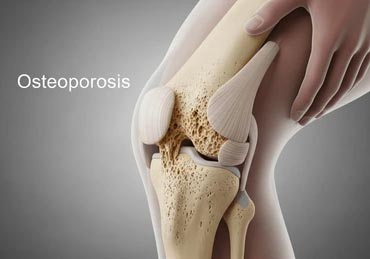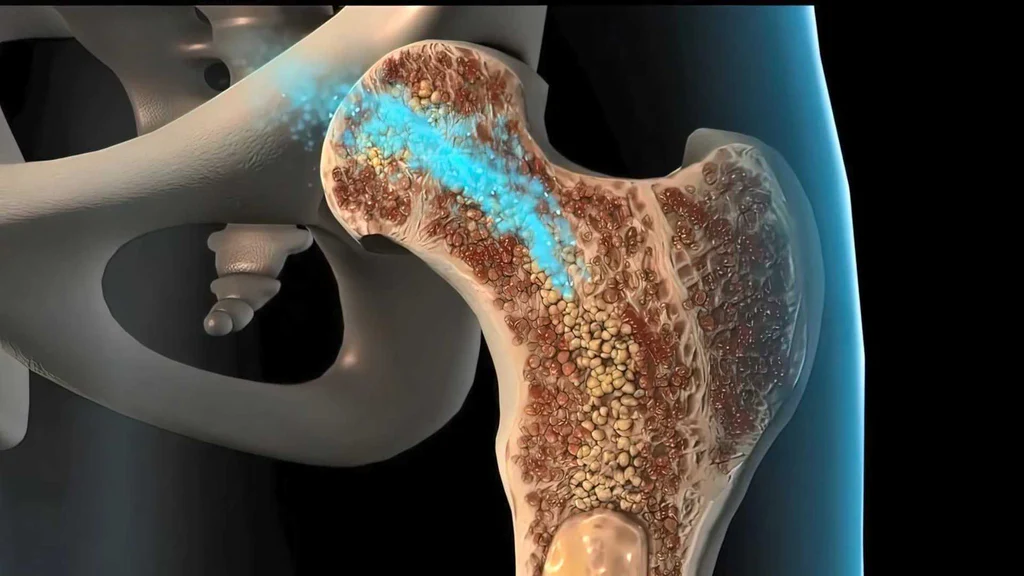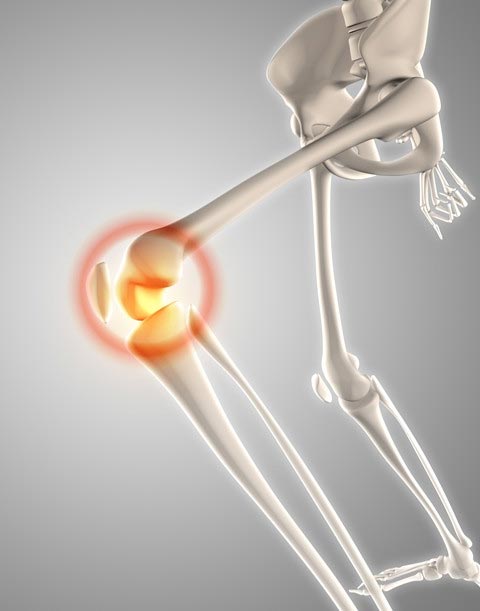October 20th is World Osteoporosis Day. This year's theme focuses on "Building Strong Bones from the Inside."
Osteoporosis, a hidden and potentially devastating bone disease, is often overlooked, yet it can quietly erode your health.
Osteoporosis experts will help you understand the key to bone health.

◆ What is osteoporosis? What are its symptoms?
Osteoporosis is a bone disease characterized by decreased bone strength and microstructural damage, leading to increased bone fragility and susceptibility to fracture.
Typical symptoms of osteoporosis include lower back pain, hunchback, and decreased height. Osteoporosis pain may first occur with strenuous activity or fatigue, primarily as a dull, aching lower back. As the disease progresses, pain may develop after even light activity. When the condition becomes more severe, pain may occur even when resting.
◆ Why is osteoporosis called the "silent killer"?
The main reason osteoporosis is called the "silent killer" is that many people assume that back pain, height loss, and hunchback are normal physiological symptoms of aging. Therefore, they don't take it seriously, not realizing that osteoporosis has quietly set in. Consequently, osteoporosis is often not diagnosed until a fracture occurs. Hip fractures caused by osteoporosis have a high mortality rate, leading to the term "silent killer."
◆ What are the greatest dangers of osteoporosis?
In addition to causing pain, back pain, hunchback, and height loss, osteoporosis's greatest danger is the high risk of osteoporotic fractures, also known as brittle fractures.
◆ What are brittle fractures?
Fragility fractures are those caused by falls from a height during daily activities, without significant external force. Typical examples include fractures caused by slips on flat ground, fractures sustained while rolling over, sneezing, or coughing, fractures while folding blankets, and fractures caused by minor bumps in a car.

◆ Why is it important to prioritize and actively treat osteoporosis after a fracture?
- Identify the cause of the fracture: Osteoporosis is a common cause of fragility fractures. Many patients already have osteoporosis before a fracture, but it goes undetected due to the lack of obvious symptoms in the early stages. Bone density screening can determine whether a fracture is caused by osteoporosis, providing a basis for subsequent treatment.
- Reduce the risk of refracture: Prolonged immobilization after a fracture (such as bed rest or bracing) can accelerate bone loss and further exacerbate osteoporosis. Without timely intervention, the risk of refracture within the next two years increases significantly. Early screening and initiation of osteoporosis treatment can effectively reduce the risk of re-fracture.
- Guiding treatment plans: Bone density results help doctors develop personalized treatment plans. For example, patients with very low bone density may require more aggressive treatment (such as medication), while those with osteopenia may benefit from lifestyle adjustments and calcium and vitamin D supplementation.
- Improving prognosis: Osteoporotic fractures (such as hip and spinal fractures) can cause long-term pain, limited mobility, and even disability. Prompt screening and treatment of osteoporosis can help promote fracture healing, reduce complications, and improve patients' quality of life.
◆ One-minute self-assessment: Is osteoporosis possible?
Given the serious risks of osteoporosis, how can we know if we might have it?
The International Osteoporosis Foundation (IOF) has developed a one-minute osteoporosis risk assessment questionnaire. This simple, 19-question assessment takes only one minute to complete.

Answering "yes" to any one of these questions indicates a possible risk of osteoporosis and requires further osteoporosis testing.
- Have your parents ever been diagnosed with osteoporosis or suffered a fracture after a minor fall?
- Does one of your parents have a hunchback?
- Are you over 40 years old?
- Have you suffered a fracture after a minor fall in adulthood?
- Have you fallen frequently (more than once in the past) or are you worried about falling due to physical weakness?
- Have you lost more than 3 cm in height since age 40?
- Is your BMI too low (less than 19 kg/m²)?
- Have you taken steroids (such as cortisone or prednisone) for more than 3 consecutive months? (Cortisone is commonly used to treat asthma, rheumatoid arthritis, and certain inflammatory diseases.)
- Do you have rheumatoid arthritis?
- Have you been diagnosed with any gastrointestinal disease or nutritional deficiency, such as hyperthyroidism or hyperparathyroidism, type 1 diabetes, Crohn's disease, or celiac disease?
- Women's answer: Did you stop menstruating at age 45 or earlier?
- Women's answer: Aside from pregnancy, breastfeeding, menopause, or hysterectomy, have you ever had amenorrhea for more than 12 months?
- Women's answer: Did you have your ovaries removed before age 50 and are not taking estrogen/progesterone supplements?
- Men's answer: Have you experienced erectile dysfunction, decreased libido, or other symptoms associated with low testosterone levels?
- Do you frequently drink heavily (more than two units of ethanol per day, equivalent to 1 jin of beer, 3 liang of wine, or 1 liang of hard liquor)?
- Are you a current smoker or have you ever smoked?
- Do you exercise less than 30 minutes a day (including housework, walking, and running)?
- Do you avoid dairy products and are not taking calcium supplements?
- Do you spend less than 10 minutes a day outdoors and are not taking vitamin D?
Are you at risk for osteoporosis?
We hope that this information campaign will help more people understand the dangers of osteoporosis and prioritize bone health!

%20--%3e%3c!DOCTYPE%20svg%20PUBLIC%20'-//W3C//DTD%20SVG%201.1//EN'%20'http://www.w3.org/Graphics/SVG/1.1/DTD/svg11.dtd'%3e%3csvg%20version='1.1'%20id='图层_1'%20xmlns='http://www.w3.org/2000/svg'%20xmlns:xlink='http://www.w3.org/1999/xlink'%20x='0px'%20y='0px'%20width='256px'%20height='256px'%20viewBox='0%200%20256%20256'%20enable-background='new%200%200%20256%20256'%20xml:space='preserve'%3e%3cpath%20fill='%23FFFFFF'%20d='M194.597,24.009h35.292l-77.094,88.082l90.697,119.881h-71.021l-55.607-72.668L53.229,232.01H17.92%20l82.469-94.227L13.349,24.009h72.813l50.286,66.45l58.148-66.469V24.009z%20M182.217,210.889h19.566L75.538,44.014H54.583%20L182.217,210.889z'/%3e%3c/svg%3e)